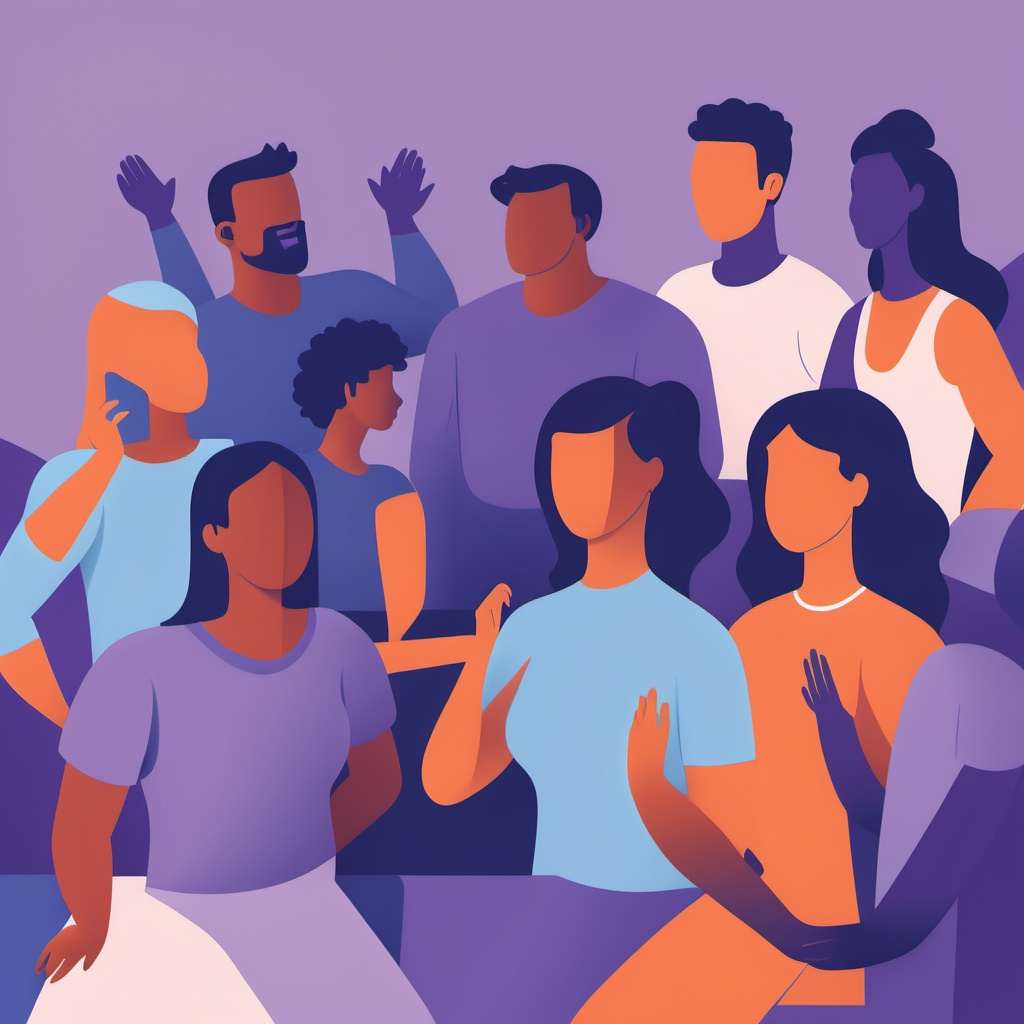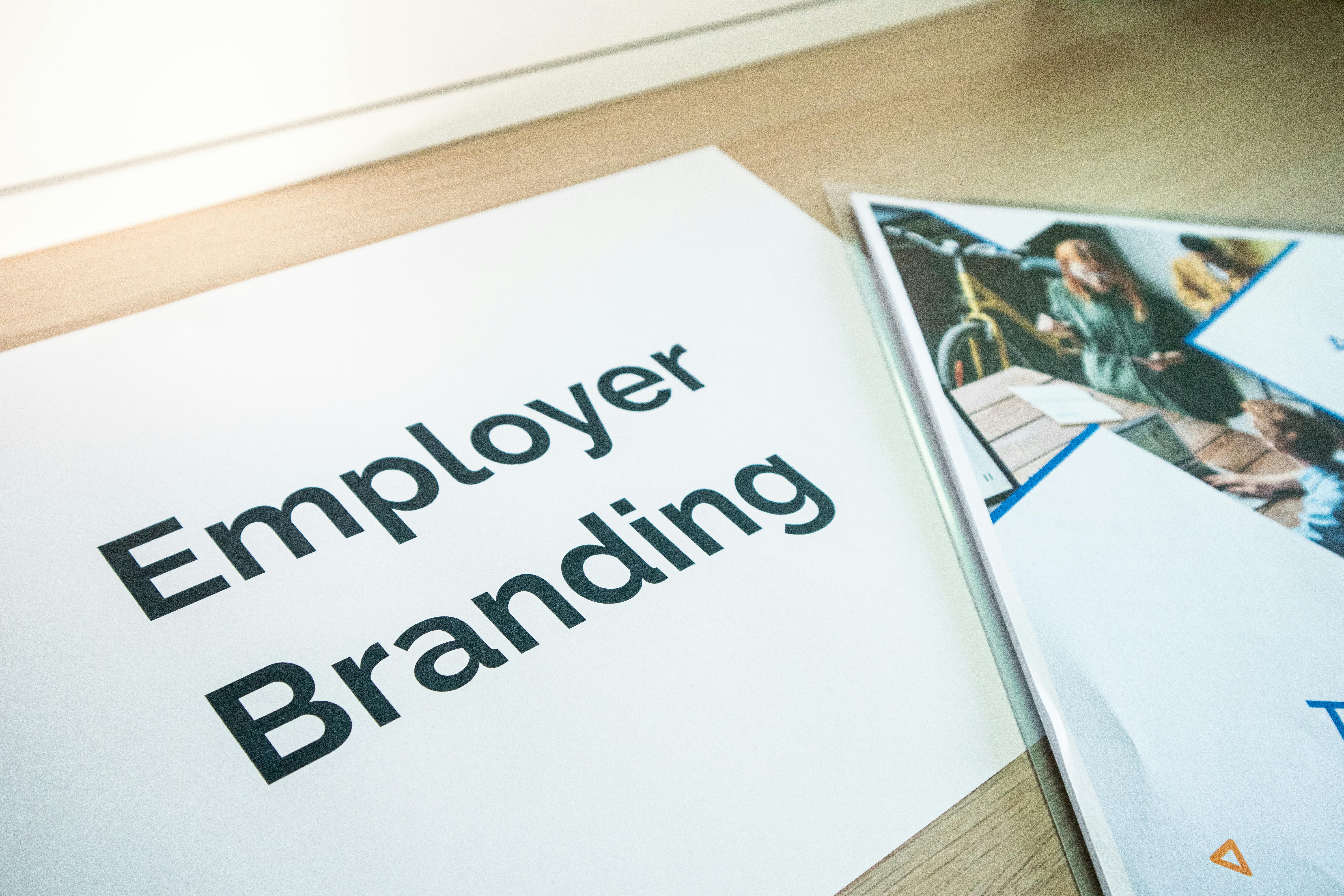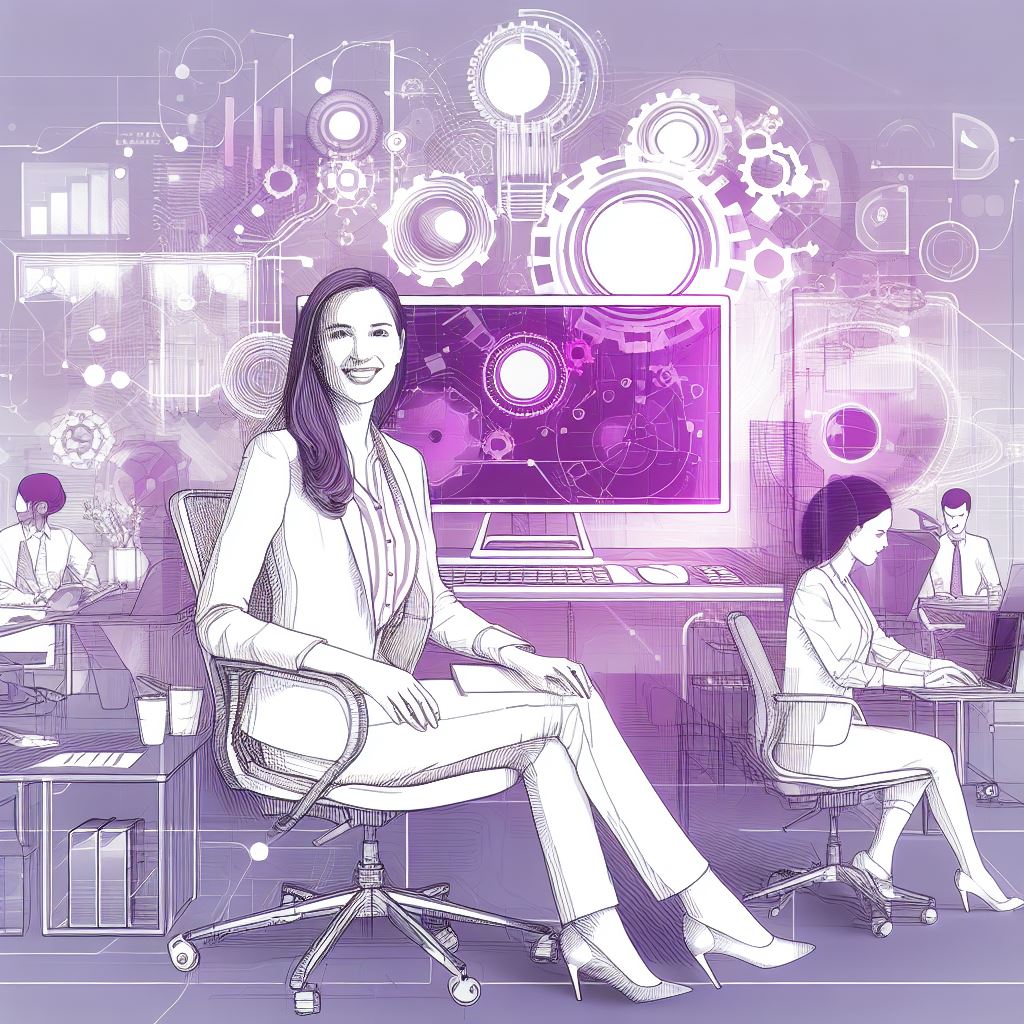DE&I in the Workplace: A Journey of Evolution
Diversity, Equity, and Inclusion (DEI) have become central themes in the evolving landscape of the modern workplace. This article explores the evolution of DEI practices and their significance in today’s organizations.
Early Notions of Workplace Diversity:
The concept of workplace diversity initially revolved around numerical representation. Companies focused on hiring individuals from different demographic backgrounds, aiming to create a diverse talent pool.
A McKinsey report highlighted that Gen-Z considers workforce diversity as a vital factor for driving innovation and fostering growth.

1. Recognizing the Changing Workforce:
In the past, workplace diversity often focused primarily on gender and race. However, the concept of diversity has expanded to encompass a broader range of factors, including age, sexual orientation, disabilities, and cognitive diversity. Organizations now understand that a diverse workforce brings a variety of perspectives and experiences to the table, which can lead to increased innovation and problem-solving.
2. Beyond Compliance to Commitment:
While compliance with DEI regulations is essential, organizations are now shifting from a compliance-driven approach to a commitment-driven one. They recognize that genuine commitment to DEI fosters a culture where employees feel valued and included. This shift is characterized by proactive efforts to embrace DEI as a core organizational value.
3. Integration with Company Values:
DEI initiatives are no longer viewed as standalone programs but are integrated into a company’s core values. Organizations understand that embedding DEI principles into their culture, policies, and practices is crucial for long-term success. As per the “Network Trends Report: Gender, Equity and Gen Z” by Handshake, a significant majority of non-binary individuals (65.8%) and women (60.4%) express a strong inclination towards not applying for a job or internship if there is a noticeable absence of gender diversity. This integration encourages employees to embrace DEI not as an obligation but as a shared belief.
4. Empowering Employee Resource Groups (ERGs):
ERGs are on the rise, providing employees with platforms to connect, share experiences, and advocate for positive change. These groups play a significant role in fostering a sense of belonging and enabling employees to contribute to DEI initiatives.
5. Data-Driven Decision-Making:
The use of data and metrics to assess DEI progress has gained prominence. Organizations are collecting and analyzing data related to recruitment, retention, promotions, and pay equity. This data-driven approach helps identify areas that require attention and measure the effectiveness of DEI efforts.
6. Inclusive Leadership:
Leadership’s role in DEI has evolved from support to active advocacy. Leaders are expected to model inclusive behaviors, champion DEI initiatives, and hold themselves accountable for fostering equitable environments.
7. A Focus on Equity:
Achieving equity—ensuring that all employees have equal opportunities and resources—is a growing priority. Organizations are addressing systemic biases and imbalances to create fair and just workplaces.
8. The Ongoing Journey:
DEI is not a destination but an ongoing journey. Organizations are committed to continuous improvement, recognizing that the work of diversity, equity, and inclusion is never truly complete. They are open to feedback, learning, and adapting their approaches as they evolve.
In conclusion, the evolution of DEI in the workplace is marked by a shift from compliance to commitment, a broadening of diversity dimensions, integration with core values, and a focus on equity. Organizations that embrace this evolution are not only more attractive to diverse talent but also better equipped to thrive in a diverse and dynamic global marketplace. As DEI continues to evolve, it remains a cornerstone of creating workplaces where every individual can contribute their best and feel valued for who they are.








